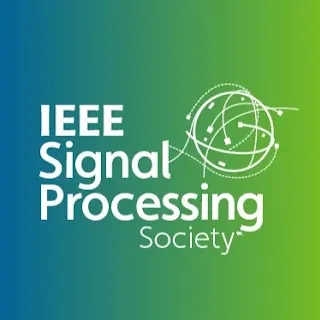On the Efficient Design of Stacked Intelligent Metasurfaces for Secure SISO Transmission
Recently, stacked intelligent metasurfaces (SIMs) have aroused widespread discussions as an innovative technology for directly processing electromagnetic (EM) wave signals. By stacking multiple programmable metasurface layers, an SIM has the ability to provide additional spatial degrees of freedom without the introduction of expensive radio-frequency chains, which may outperform reconfigurable intelligent surfaces (RISs) with single-layer structures.
